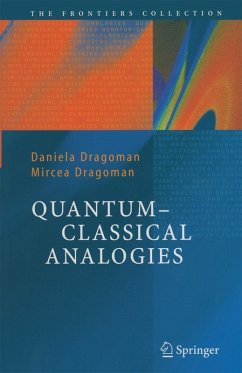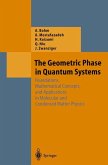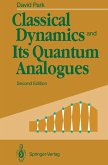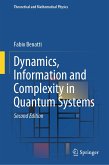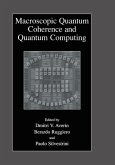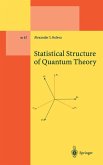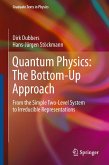Although quantum and classical physics are founded on very different principles, similarities between quantum and classical phenomena are not uncommon. This fact was considered by physicists as a mere curiosity until, quite recently, it became clear that such analogies between quantum and classical physics can be exploited in theoretical as well as experimental work in emerging key research areas. The analogies described in this book include the mathematical similarity between the Schrödinger equation and the Helmholtz equation (and its application in nanodevice design), the similarities between quantum multi-level systems and their optical counterparts, and the optical implementations of quantum computing algorithms. Also described are the mathematical analogies between classical and quantum phase space physics. These analogies help to deepen our understanding of stll hotly debated quantum mechanical principles
Dieser Download kann aus rechtlichen Gründen nur mit Rechnungsadresse in A, B, BG, CY, CZ, D, DK, EW, E, FIN, F, GR, HR, H, IRL, I, LT, L, LR, M, NL, PL, P, R, S, SLO, SK ausgeliefert werden.

